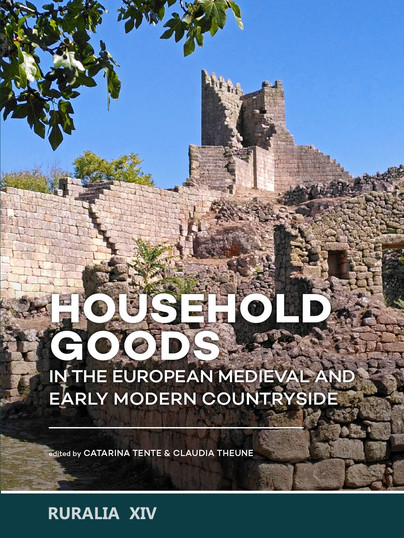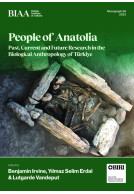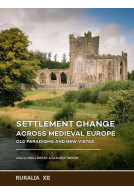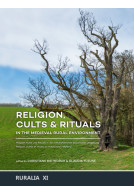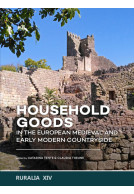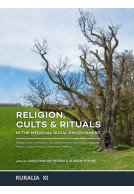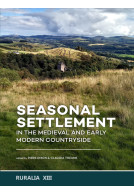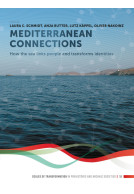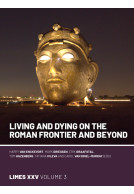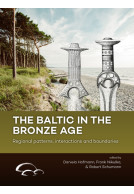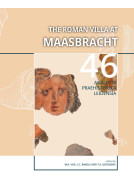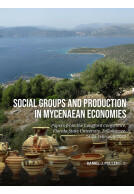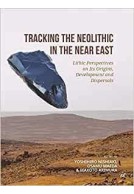Household goods in the European Medieval and Early Modern Countryside (Hardback)
Imprint: Sidestone Press
Series: Ruralia
Pages: 276
ISBN: 9789464270617
Published: 4th September 2023
Script Academic
Series: Ruralia
Pages: 276
ISBN: 9789464270617
Published: 4th September 2023
Script Academic
Please note this book may be printed for your order so despatch times may be slightly longer than usual.
You'll be £120.00 closer to your next £10.00 credit when you purchase Household goods in the European Medieval and Early Modern Countryside. What's this?
+£4.99 UK Delivery or free UK delivery if order is over £40
(click here for international delivery rates)
Order within the next 7 hours to get your order processed the next working day!
Need a currency converter? Check XE.com for live rates
(click here for international delivery rates)
Order within the next 7 hours to get your order processed the next working day!
Need a currency converter? Check XE.com for live rates
Although household goods are a well-establish topic in Medieval and Early Modern archaeology, more recent research is overcoming simple typological and technological aspects and pointing to broader approaches, which relates to the understanding of goods’ production, consumption strategies, other economic activities and structures of social organization. Thus, the understanding of past societies and cultures relies heavily in the study of their household goods to understand people, groups and societies. In this context, the aim of the Ruralia XIV Conference was to emphasize the significance of household archaeology to the study of the European countryside in Medieval and Modern times under a cross-cultural approach. Detailed analysis of single contexts, small parts of sites, faunal, botanical and soil studies enables us to reconstruct common peoples’ activities and interactions within their homes. House functions can be detected by means of specific installations but also by inventories and location of goods, evidence for particular activities inside, such as cooking and eating, storage, weaving, refuse disposal, resting, etc. or by a comprehensive overview of outdoor surroundings. All this is evidence of functional purposes but it can also tell us about the rank and wealth of their owners, their daily lives, household compositions, family concepts and even gender statuses. Moreover, structural analysis can give evidence about spheres of interaction and patterned behaviours within a house. In different sections (archaeology and household; temporary households; living conditions; spatial structure; household objects and social and economic status) case studies across Europe are presented.
Customers who bought this title also bought...
Other titles in the series...
Other titles in Sidestone Press...







